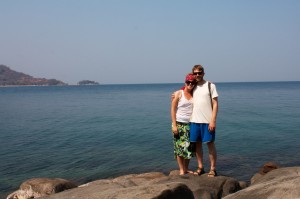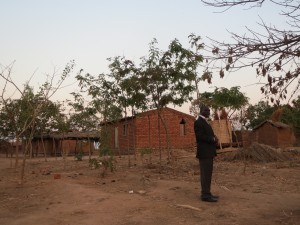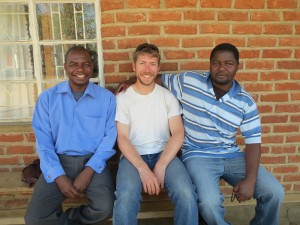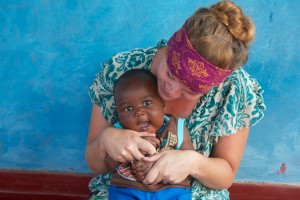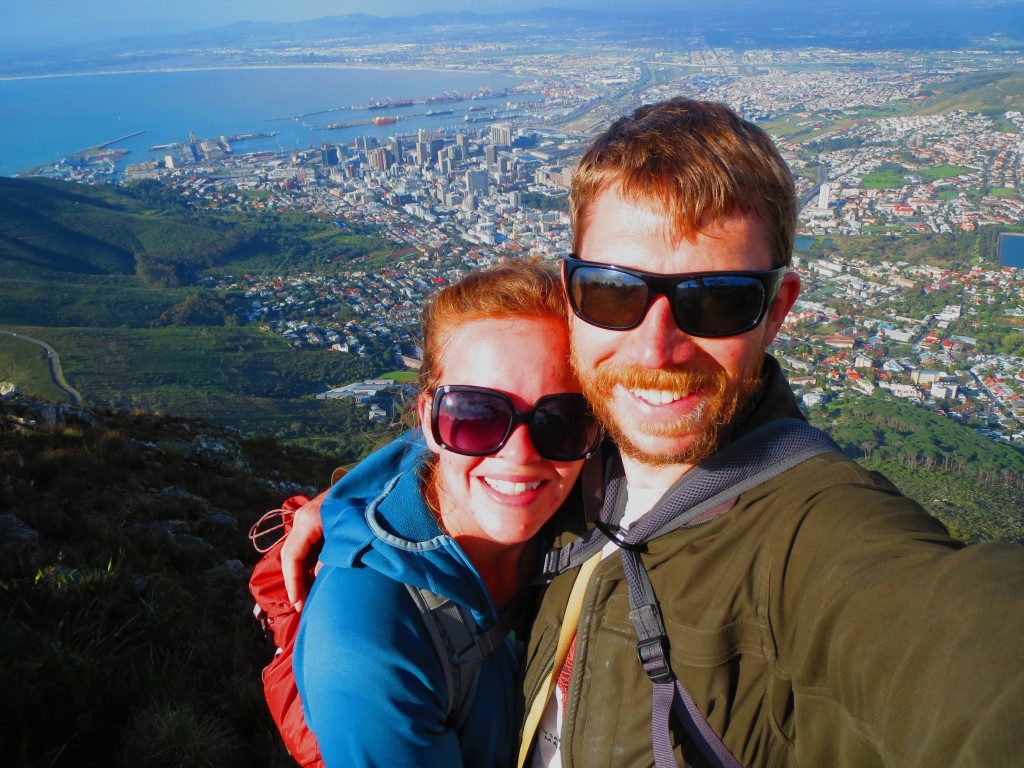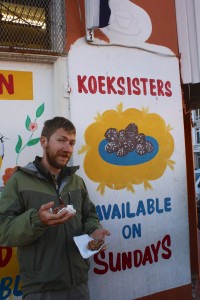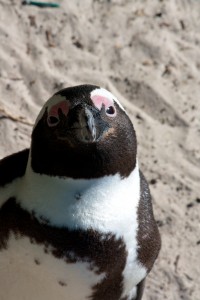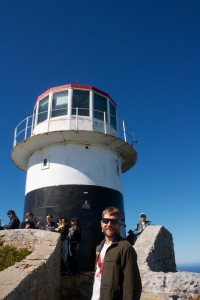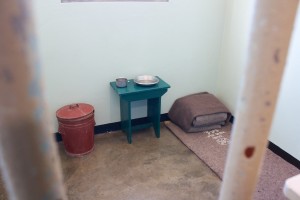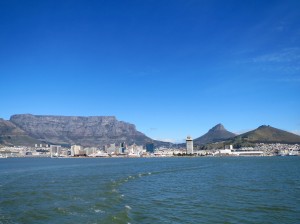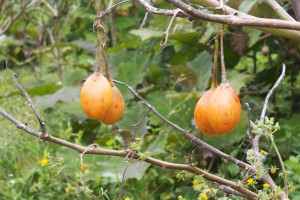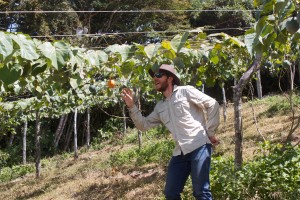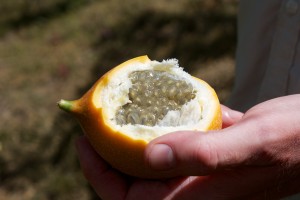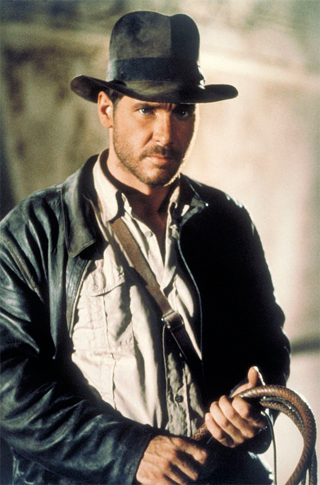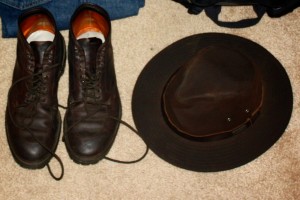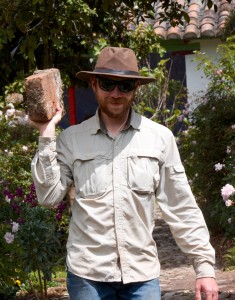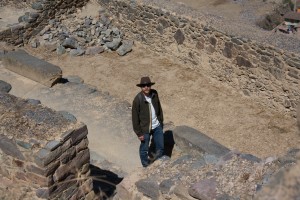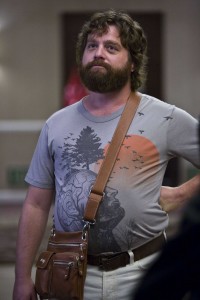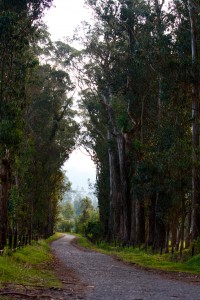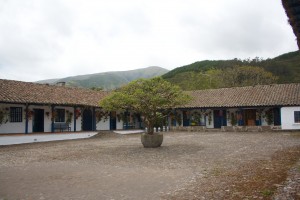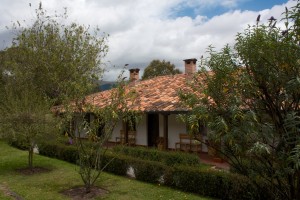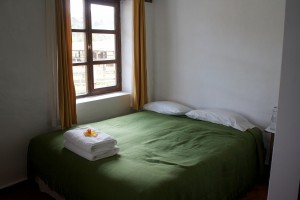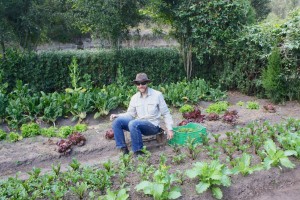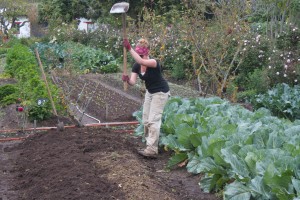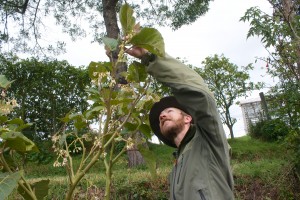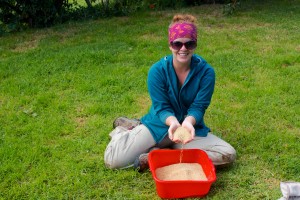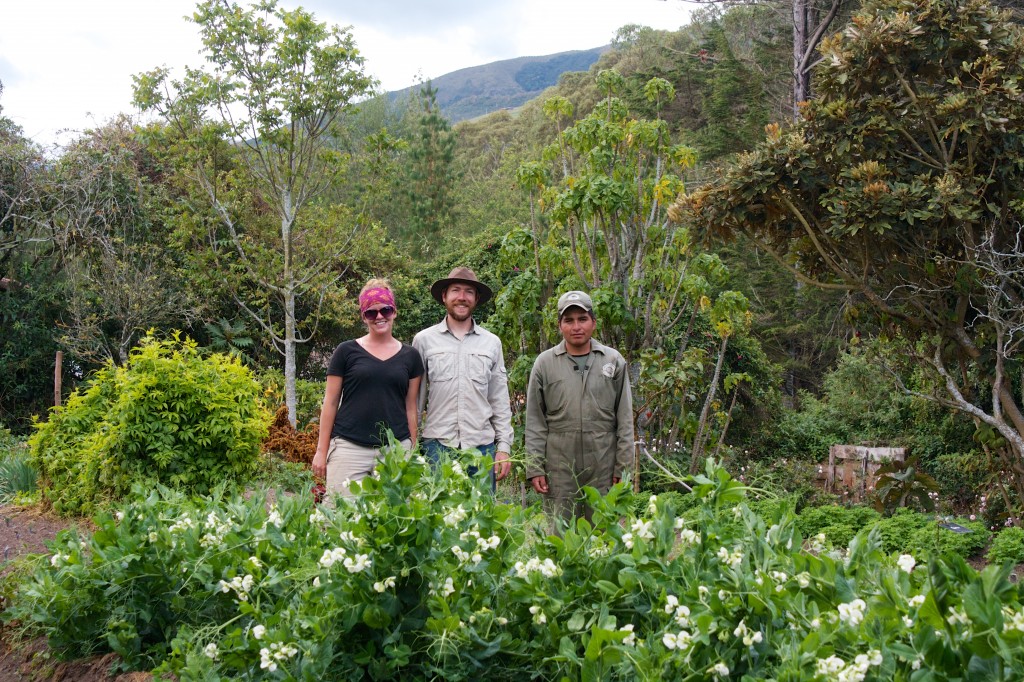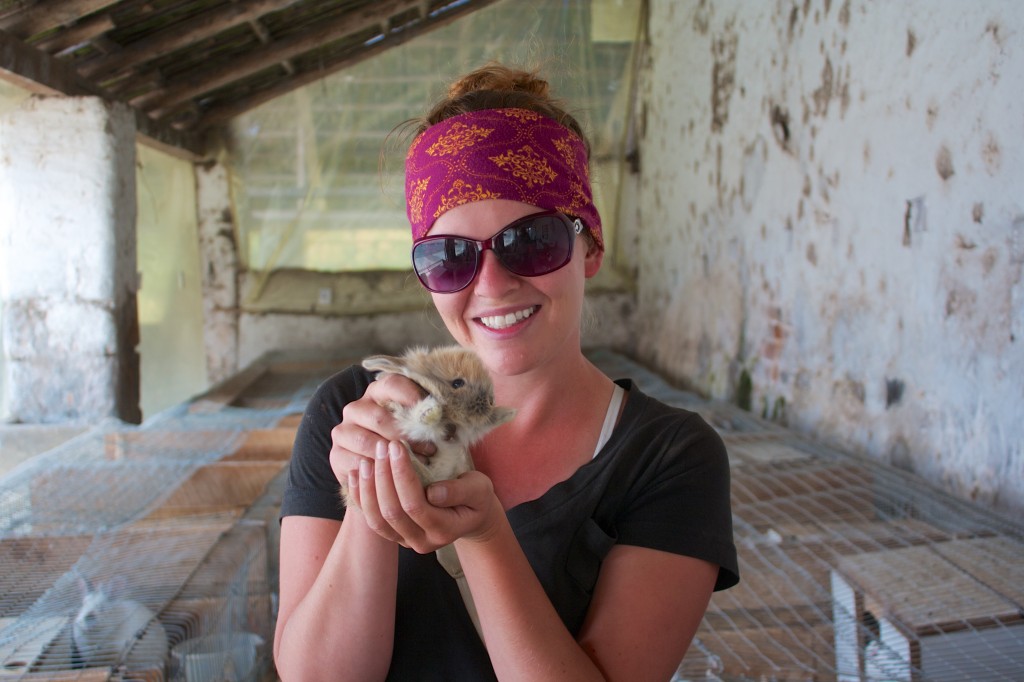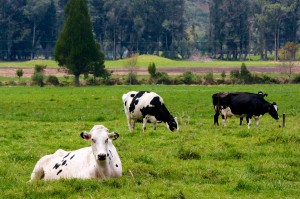Jointly written by Chris and Mindy
After quite a bit of uncomfortable bus travel, Chris and I have made it safely to the little town of Balaka, Malawi. We are having an enlightening time here, learning and engaging with the community and being challenged everyday. But before we get into the awesomeness of what we have been doing recently, we wanted to wrap-up South America.
We know that this post is really late, hard to believe it’s been almost a month since we left South America!, but due to a lack of internet/electricity and frustratingly slow internet when we have it, we are just getting this up. Also, there will not be any pictures for this post, since those definitely won’t be loading.
Hopefully we will be able to get up more recent posts soon. If not, expect a huge influx of posts in about three weeks, when we reach Tanzania.
Our Discovery of Ecuador and Peru
Our extended stay in Ecuador and our whirlwind time in Peru allowed us to see some amazing sites, meet some incredible people, and opened our eyes to a bit more of the world. Below you’ll find a quick overview of our time in Ecuador/Peru, our top 3 experiences from Ecuador, our top experience from Peru, as well as our top 3 take-aways from the whole South American journey.
Quick Overview of Our Time in Ecuador/Peru
Ecuador
In total we ended up spending almost 3 months in this amazing place. Here, we discovered a beautiful country full of charming and kind people as well as some of the most unique and diverse eco-systems we could have imagined. We also found a troubled country that is undergoing rapid development/growth and isn’t quite sure what come’s next.
We visited:
The Galapagos
Incredible and strange animals, these fascinating islands were definitely by far one of the top highlights for Chris and I.
Homestay at Amable and Virginia’s Farm
In Cuellaje we got the opportunity to experience rural Ecuador from a local’s perspective. Here we discovered amazing people and a simpler, technology-free but happy lifestyle.
Otavalo
This beautiful market town is surrounded by towering volcanoes and is a great example of indigenous communities entrepreneurship.
The Amazon at Sani Lodge
Freakishly large bugs, pooping monkeys, a wonderful and beautiful community, during our time at Sani Lodge we learned and saw some amazing things, making us realize just how intensely our world is interconnected.
Banos, Ecuador
Missed seeing the erupted volcano by a week (sadness by Chris, not so much by Mindy) but had a wonderful time biking and eating pub food.
Peru
Ah Peru, a more perfect world for us, we could not imagine. Soaring mountains, ancient ruins, and fantastic food, this country really does have it all. We did:
Huacachina
Towering sand dunes and a desert oasis, this little town provided an incredibly fun few days complete with sand boarding and dune buggying.
Lima
Delicious food and amazing friends, we spent a happy few days here eating our way through this foodie city.
Cusco
By far our favorite city that we visited in South America, we could have spent a few months here. This Inca City is the perfect blend of ancient, old, and new, with a majestic, mountainous world right in its backyard. (Oh, and great food!)
Inca Trek
What can we say? 4 days of incredible hiking with wonderful friends through the gorgeous Andes and complete with an opportunity to explore Inca Ruins, this was definitely an amazing trip!
Machu Picchu
As stunning and powerful as one expects it to be, Machu Picchu is an awe-inspiring example of the power that was the Incas.
Sacred Valley
If Chris and I could retire tomorrow, I think we would settle here. (Cusco is part of the Sacred Valley.) This gorgeous valley is the perfect blend of traditional and modern, rural and city, and with incredible trekking everywhere and warm people, what else could you ask for?
Back to Ecuador
For a visit to:
Quito
This historic city has a beautiful old town, modern up-town, and enough urban sprawl to give LA a run for its money.
Puerto Lopez
Whales, whales, and more whales, this wonderful and relaxing seaside town gave us a fantastic few days complete with watching the majestic humpback whales dance and play in the shallow waters.
The Hacienda
We ended our South America journey by putting down roots for a bit at this early 18th century estate, giving us the opportunity to try out our farming and Spanish skills. After a great 3 weeks spent hoeing, weeding, hiking, and relaxing in front of a fireplace, Chris and I can’t wait to go back.
Top 3 Ecuadorian Experiences
Chris
Seeing (and eating) all the amazing creatures in the Amazon
Okay, so I didn’t eat all of them, but they were incredibly interesting to see. Tons of monkeys, horrifying insects, giant snails, and man-eating snakes make for some inspiring sights. We never knew what we were going to run into next.
Hanging out in Banos, Ecuador
This crossroads town felt like a big melting-pot of cultures and, with its thrilling location in a valley at the base of an active volcano, offers a lot in the way of outdoor adventure. Hot sulfur springs, mountain/volcano hiking, picturesque views, a thriving expat community, and a brilliant brewpub (an extreme rarity in these parts) make it a place worth settling down in.
Hoeing a row at the Hacienda
I got to try my hand at some organic gardening and I found that I absolutely loved growing the food I eat. The opportunity to do this while living on a huge 18th century farming estate converted into a luxury getaway, getting 3 meals served to me a day, and doing it all for free was almost too much to handle.
Mindy
Hanging with Turtles and Tortoises in the Galapagos
For those of you who know me even a little, you know my love of turtles and the level of dream come true this was for me. When I finally got to sit down and stare at the face of a Giant Tortoise, realizing they could be upwards of 150 years old, it was just a moment of profound joy for me. To then get to turn around and float on a wave with Chris while three sea turtles swim around us and sea lions darted in and out, I just cannot imagine something more amazing.
Meeting the people of Cuellaje, Ecuador
Few people have impacted me at the quite the level the people of Cuellaje did. I’m not sure exactly why but everyone I met just touched me in some way. There was Ned, who left his traditional life in England to find contentment in Ecuador, his wonderful wife Patricia, who even though I barely spoke a word of Spanish managed to have complete conversations with me as well as some how get me in the kitchen cooking, and of course the Angullos (Amable and Virginia), who were without a doubt the happiest, most loving family I have ever met. They live so simply, but are in no way poor, and share a bond that was beautiful to witness. Everyone we met just showed us incredible warmness and that a simple life can be every bit, if not more, fulfilling.
The Sani Lodge
To read about why I chose Sani Lodge, scroll down to top 3 Take-Aways.
Top Peruvian Experience
Chris
Getting to Know the Incas
Our brief immersion in the world of the Incas gave me great appreciation for everything that they accomplished. I marveled at their architecture, their engineering prowess, agriculture, astronomy, spirituality, and their deep appreciation for nature. Exploring the structures that they left behind was thrilling and, since even today a great deal of it remains overtaken by the jungle, it left me wondering at all the things we still might be able to learn from them some 500 years hence.
Mindy
Making the Inca Trek
It was the reason we headed down to Peru and the Inca Trek to Machu Picchu did not disappoint us. For the Incas, these treks were not just about arriving at a destination but were a spiritual journey and the trek definitely provided us with a bit of this. The sweeping vistas, the triumph of making the mountain passes, and the ruins all combined to make this a magical four days. Add on top of this that we got to share the trip with an amazing group of fun people and it was without a doubt a memory I will hold dear for years to come.
Top 3 Take-Aways
Chris
The Developing World
It is an exciting time to be in Ecuador right now. High oil prices in a country whose economy is heavily dependent on exports has left the government coffers flush with cash and a president who is doing a decent job of returning this money to its citizens is catapulting Ecuador forward rapidly. Opportunities to seize onto this growth abound for everyone here and everywhere I look I see people hustling hard to get in on it. Though in some places, the growth seems to surpass their ability to adapt to it. As someone who comes from a nation that has already passed these development hurdles, I sometimes feel like a parent must feel when they watch their child grow up and repeat the same mistakes they have. I want to yell at them to ‘do as I say, not as I do’, but they want their share of the prosperity that the developed world has and the easiest way is to follow the same model. But they’re starting to choke on smog (and shrinking the rainforest in proportion), piling up trash, and beginning to sport some American-sized waistbands. There’s a good shot they will make it through alright, though. As long as the oil money holds out.
Ecuadorian Diversity
In a country the size of Colorado, they pack in exotic islands, gorgeous beaches, giant mountain ranges and volcanoes, and massive rainforest. We found that wildly different climates were only a day’s bus ride away and it was fantastic to be able to experience so many different natural features in such a short period of time. The Galapagos offer many species found nowhere else on earth, the cities are filled with colonial history and modern conveniences, and the natives left clues to their cultures scattered throughout the country. It has been quite a varied tour.
Lost Inca Culture
I was absolutely fascinated following the clues the Incas left behind. What made it so intriguing was that this was a very advanced civilization that existed not too long ago was wiped out and they had no written language to record their history. This means that we have had to infer what advanced knowledge they may have possessed based on the artifacts they left behind. We have found that they had advanced agriculture skills; 4,000 varieties of potato, 1,000 varieties of corn (all mostly now lost), that were optimized to grow in a variety of climates. They knew medicine, could administer anesthesia for surgeries, and could use plants to cure many illnesses. And the Incas had incredibly advanced knowledge of astronomy. All this left me constantly marveling that there is the huge body of knowledge that they had cultivated over hundreds of years hidden away and maybe the key to unlocking it all is lying somewhere among all these ruins. Who knows what else they have to teach us?
Mindy
The People and Their Lives
Chris and I met beautiful and amazing people during this part of our journey. We learned incredible lessons in slowing down and enjoying life’s pleasures and were reminded that sitting down and watching the sunset with your loved ones is every bit as important as working hard. If there is one thing South America truly understands, it is the value of family and community, something I think we often lose in the “busyness” of our lives in the US.
It also turned out that once again travel destroyed some of my preconceived notions and I found a country that yes, has people who are staggeringly poor, but also has a thriving, educated, and growing middle class. Meeting Fredi at Sani for example, really brought this home to me. Fredi is a gentleman who is line to be his community’s next Shaman (spiritual doctor loosely translated), grew up without running water, over a day’s canoe ride from the nearest place with electricity, but now has an impressive college degree, speaks 4 languages fluently, and is more travelled than I am. Over and over again it was taught to me to get over the simplicity and preconceptions I was taught in the US and get out there and experience these countries for what they really are, wonderfully complex.
The Treatment of the “Others”
Racism, classism, and sexism are all alive and well in South America and they definitely don’t seem to be going anywhere anytime soon. This caste system is incredibly apparent, spoken about as if it is no big deal, and its ramifications are easily visible. The small population of people of African descent (regularly called Morenos in a derogatory manner) sit firmly at the bottom of this system with local indigenous populations not far behind. These groups make up the poorest of the poor and in a lot of areas are completely ignored. They have little representation in government (though this seems to be changing, at least for the indigenous populations) and almost no access to basic human services. Most live a subsistence agriculture life that is incredibly precarious, as one flood, one landslide and they are on the brink of starvation.
People in Ecuador regularly talk poorly about those who are below them in the system, and it’s hard to understand how warm-hearted people can switch to being so nasty, so fast. I know these issues are prevalent in the US, but it is very eye-opening to have them slapped in your face rather than swept under the rug, US style.
The Impact of Oil on Communities and People
Sani Lodge probably had the largest overall impact on me. First off, the Amazon is a wondrous and bizarre place, like nothing I could have imagined. The horrific bugs, the fun/terrifying animals, and the captivating jungle/river all came together to capture my attention in a way few places have. However, it was the people who really touched me. Seeing first hand the ingenuity of the local community and their fight to keep their land away from the Oil Companies brought home to me how easily and carelessly those of us from the developed world take advantage of others. (And how easily the government in Ecuador can forget its indigenous people.) We need the oil, so the companies go to these countries that are desperate for money, threaten to pull if they don’t have lax policies, and then leave them a gigantic mess to clean up. (Don’t believe me? In 2009 the people of the Amazon won a $19 billion lawsuit against Chevron for their horrific treatment of the Amazon while drilling. Of course this has to be appealed like 10 times, so who knows when they will see the money and be able to put it to use for cleanup.)
It’s so easy in the US to forget that the things we buy have to come from somewhere, they don’t just magically appear in our malls, and the realization is that a lot of our consumer practices are having devastating effects on our neighbors. Just because we are wealthier doesn’t mean we have the right to destroy other people’s homes, let alone entire ecosystems. At the very least it would help if we remembered that our world is incredibly interconnected and cures for cancer/malaria have come out of the Amazon along with 20% of the oxygen we breathe. We destroy it and we are stuck with the consequences.

